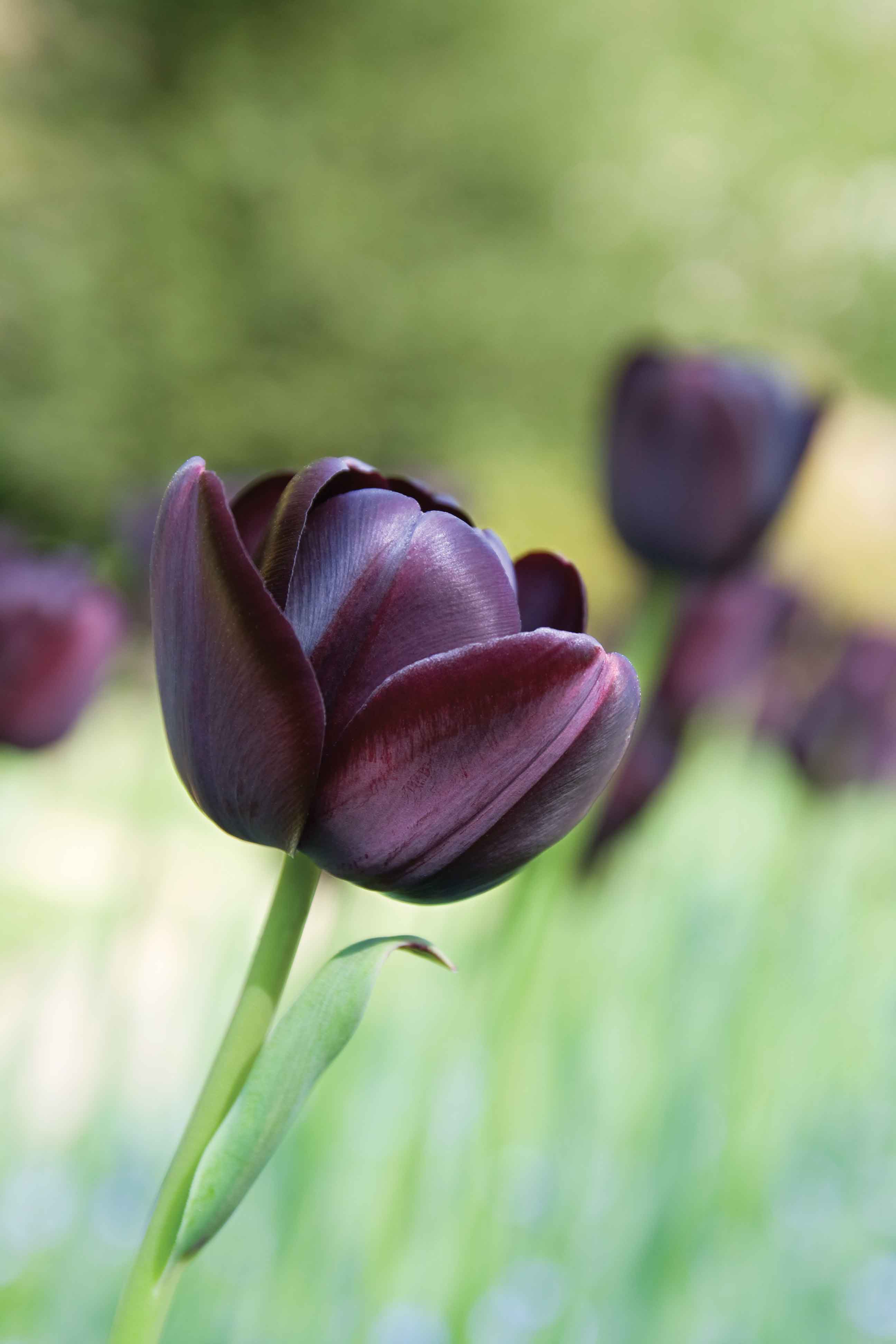
Casting light on natural charms
January 31st, 2013
Nature’s ability to create iridescent flowers has been recreated by mathematicians at the University.
The team of researchers have collaborated with colleagues at the University of Cambridge to create a mathematical model of a plant’s petals to help us learn more about iridescence in flowering plants and the role it may play in attracting pollinators.
An iridescent surface appears to change colour when viewed from different angles. It is found in nature in insects, feathers inside sea shells and in some plants. Iridescence in flowers may signal to pollinators such as bumblebees, which are crucial to crop production.
Understanding how petals produce iridescence to attract pollinators is a major goal in plant biology. About 35% of global crop production depends on petal-mediated animal pollination but a fall in pollinator numbers has started to limit the odds of pollination and reduce crop production rates.
Flowers and the animals that pollinate plants interact at the petal surface. Iridescence in plants is produced by nanoscale ridges on the top of the cells in the petal’s epidermal surface. These tiny ridges produce structures called diffraction gratings. The particular shape and spacing of these ridges and the shape of the cells sculpt the outermost layer of the petal, giving it a unique physical, mechanical or optical property. These properties interfere with different wavelengths of light creating the colour variation when it is seen at different angles. Pollinators, such as bumblebees, can detect the iridescent signal produced by petal nanoridges and can learn to use this signal to identify rewarding flowers.
The research has been published in the Journal of The Royal Society, Interface. Rea Antoniou Kourounioti, a PhD student in the School of Biosciences, said: “We provide a first analysis of how petal surface patterns might be produced. Our team of researchers combined experimental data with mathematical modelling to develop a biomechanical model of the outer layers of a petal or leaf. We used this to demonstrate that mechanical buckling of the outermost, waxy cuticle layer, can create the ridge patterns observed in nature on petals and leaves. Learning more about how iridescence is produced is important for pollination of crops and also for other types of patterning in biology.”
The research was undertaken by The University of Nottingham, University of Cambridge, University of Manchester and Biotalentum Ltd. The study was initiated by the Mathematics in the Plant Sciences Study Group, an annual UK-based workshop organised by The University of Nottingham’s Centre for Plant Integrative Biology, which kick-starts collaborations between plant scientists and mathematicians.
Tags: Centre for Plant Integrative Biology, Interface, Mathematics in the Plant Sciences Study Group, Rea Antoniou Kourounioti, Royal Society, School of Biosciences
Leave a Reply
Other Research

Manuscripts and Special Collections awarded £1.1m grant
The funding has been awarded by the Research England Museums, Galleries and Collections Fund The £1.1m […]

Artificial intelligence – an update on the university’s approach
Since our last update on the university’s response to the rapidly evolving emergence of artificial intelligence […]

